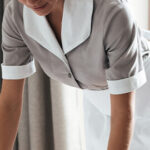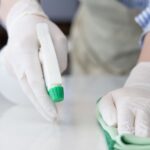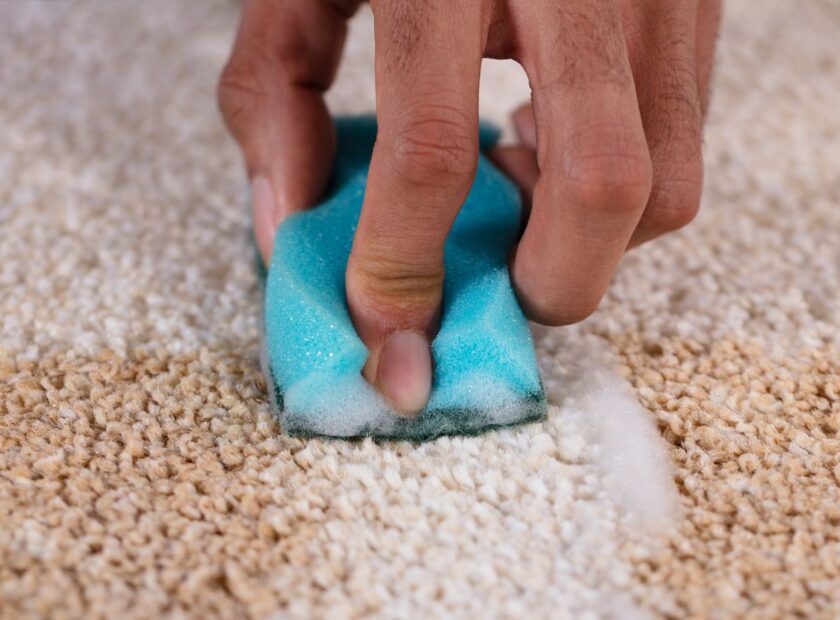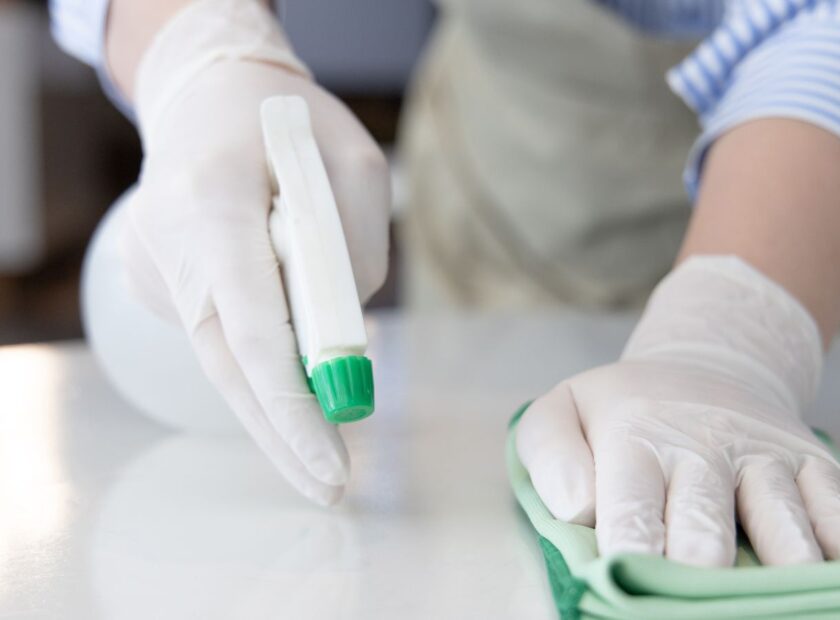Cleaning the kitchen floor can be a tedious task, but it’s an essential aspect of maintaining a clean and hygienic kitchen. Dirty floors can harbor bacteria and other harmful substances that can contaminate your food and pose a health risk to you and your family. Therefore, it’s crucial to know how to effectively clean your kitchen floors to keep them looking and feeling their best. In this blog post, we’ll be discussing the best tips for cleaning your kitchen floors so you can enjoy a spotless and germ-free kitchen.
- Choose the Right Cleaning Products
The first step in cleaning your kitchen floor is to choose the right cleaning products. There are many products available specifically designed for cleaning floors, but it’s important to choose the right one based on the type of flooring you have. For example, if you have a tile floor, you may want to use a cleaner that’s specifically designed for tile and grout, while if you have a hardwood floor, you’ll want to use a cleaner that’s gentle on wood. Additionally, make sure to choose a cleaner that’s safe to use in a kitchen, as some products may contain chemicals that are harmful to food and kitchen surfaces.
- Sweep or Vacuum Regularly
Regular sweeping or vacuuming of your kitchen floor is an essential step in keeping it clean. This will help to remove any dirt, debris, and crumbs that may accumulate on the floor. By doing this regularly, you’ll make the task of cleaning your kitchen floor much easier and more efficient.
- Use a Mop or Sponge for Washing
Once you’ve swept or vacuumed your kitchen floor, it’s time to start washing it. A mop or sponge is the best tool for this task as they are able to effectively remove dirt and grime from the floor. Make sure to use a clean mop or sponge and to wring it out well before use so that the floor isn’t too wet.
- Make Use of Hot Water
Hot water is a great tool for removing dirt and grime from your kitchen floor. It helps to break down and dissolve any grease and oil that may be present on the floor. When washing your kitchen floor, make sure to use hot water to achieve the best results.
- Use Baking Soda and Vinegar
Baking soda and vinegar are natural cleaning agents that are safe to use in the kitchen and are effective at removing dirt and grime from the floor. To use this method, simply mix equal parts of baking soda and water to make a paste, and then spread it over the floor. Let it sit for a few minutes and then scrub the floor with a mop or sponge. Finally, rinse the floor with a mixture of water and vinegar to remove any residue.
- Dry the Floor Thoroughly
After washing your kitchen floor, it’s important to dry it thoroughly. This will help to prevent the growth of bacteria and mold, as well as to prevent slipping. Use a clean cloth or mop to dry the floor, making sure to wring out the cloth or mop well so that the floor isn’t too wet.
- Use Mats or Rugs
Using mats or rugs in your kitchen can help to keep your floor clean by trapping dirt and moisture. Make sure to choose mats or rugs that are appropriate for your kitchen, and place them in areas where dirt and moisture are likely to accumulate, such as near the sink and stove.
In conclusion, cleaning your kitchen floor is an important task that requires the right tools and techniques.




